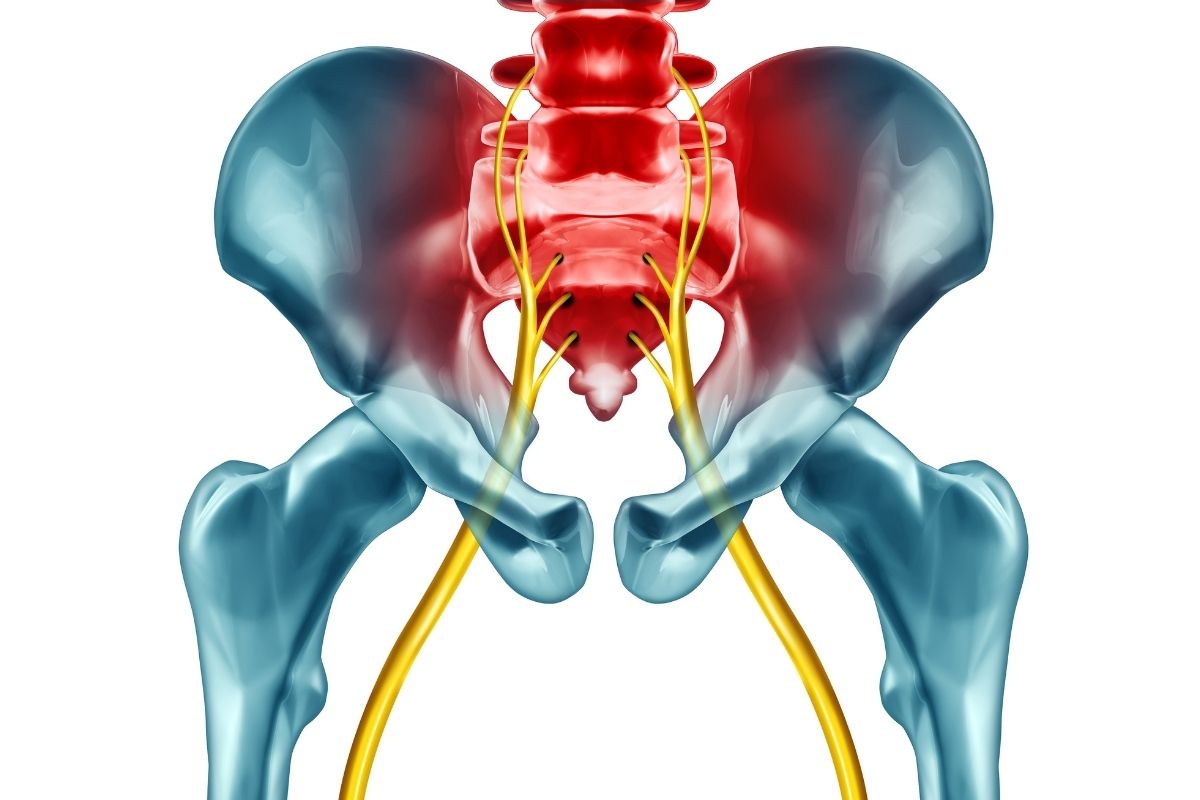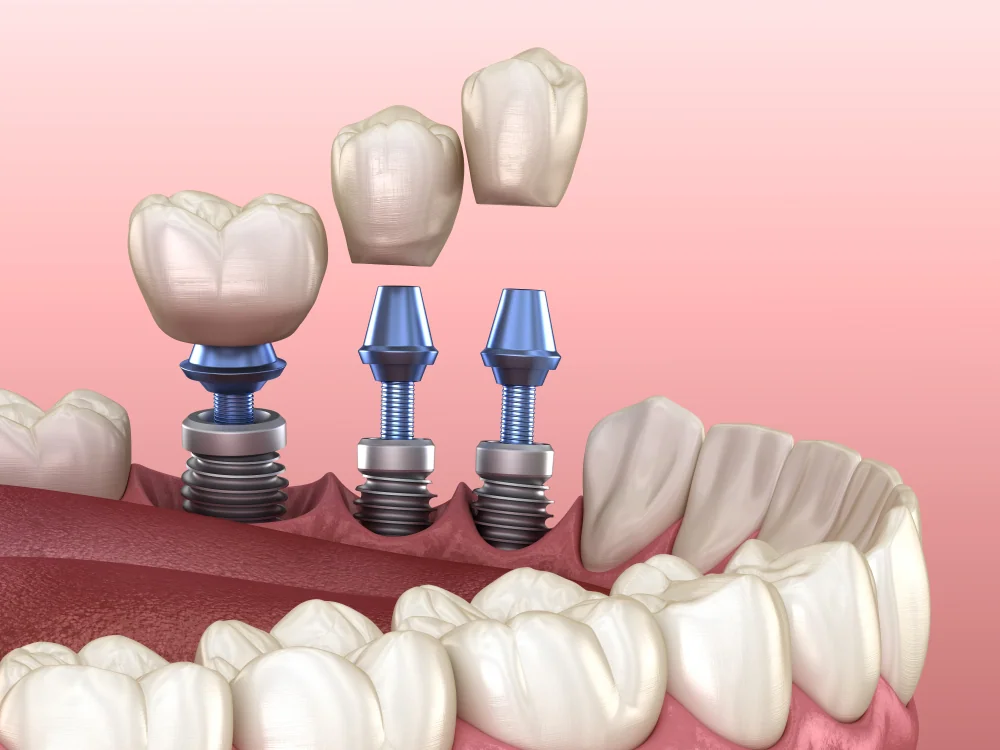Sciatica: Its Symptoms, Causes, and Treatment Options
- Posted on Nov. 7, 2023
- Health
- Views 76
Sciatica affects approximately 10% of U.S. individuals yearly, often causing discomfort radiating from the lower back to the leg. Common among those aged 30 to 50, it can also manifest in younger individuals due to injuries and in older adults with conditions like arthritis.
Read More

Understanding Sciatica
Sciatica denotes radicular pain involving nerve roots. Dr. Thomas Hickernell, an orthopedic surgeon at the Yale School of Medicine, emphasizes that sciatica is symptomatic and not a diagnosis. Originating in the lower back, the sciatic nerve extends to the toes. Sciatica pain is typically felt in one leg, but Dr. Oren N. Gottfried, a neurosurgeon at Duke University, notes its unpredictability, potentially affecting both legs.
Distinguishing Sciatica from Low Back Pain
Unlike generalized low back pain treatment, sciatica pain travels from the back down the leg, indicating a pinched sciatic nerve. Dr. Hickernell observes that many patients mistake sciatica for hip pain, but the pain's radiating nature distinguishes it.
Symptoms
Sciatica's intensity and manifestations differ considerably among patients. For some, the pain may arise suddenly and sharply, reminiscent of a sudden jolt, whereas, for others, it can be a persistent, dull ache that becomes more pronounced, especially during nighttime. One of the hallmark symptoms of sciatica is its range of sensations. Patients often report feelings of numbness, similar to the sensation one gets when a limb "falls asleep." Alongside this, they can also experience tingling sensations, akin to pins and needles prickling the skin.
Causes
At its core, sciatica arises primarily due to spinal nerve compression or irritation. This compression often results from issues with the spinal discs, which serve as cushions between our vertebrae. When those little round things in the back go out of place, they can squish the nerves close by. This makes the area sore and swollen, and folks say that's one of the main reasons for that sharp leg pain called sciatica. Dr. Gottfried, who's looked a lot at how the back works, mentions that other things can cause this pain too. Like, there's this thing called stenosis, where the tunnel in the spine gets tight. This can be a direct result of herniated discs or can develop due to arthritis, where the joints between the vertebrae become inflamed and swollen.
Risk Factors
Dr. Hickernell lists several risk factors, including:
- Aging
- Obesity
- Sedentary lifestyle
- Diabetes
- Physically demanding jobs
He emphasizes that both sedentary and active lifestyles can trigger sciatica, highlighting the importance of good posture and physical health.
Diagnosis
A comprehensive discussion with a healthcare provider initiates the diagnostic process. Dr. Hickernell recommends X-rays to identify potential culprits like arthritis or bone spurs. However, MRIs offer clearer insights into nerve pinches.
Treatment
Dr. Gottfried suggests that most sciatica patients find relief in nonsurgical treatments. Initial treatments often involve anti-inflammatory medication, followed by physical therapy. If these measures prove ineffective, nerve medications like gabapentin might be administered.
In persistent cases, steroids (oral or injections) are recommended. Dr. Hickernell praises the efficacy of epidural steroid injections in reducing inflammation and pain
If non-surgical interventions fail, surgery might be contemplated. Microdiscectomy, a minimally invasive procedure, involves partial removal of the offending herniated disc.
In rare situations, cauda equina syndrome, a severe condition resulting from a compressed sciatic nerve, mandates emergency surgery.
Treatment Outlook
A 2018 study in The Spine Journal indicated that many patients witness symptom improvement within a year of commencing treatment. A 2020 New England Journal of Medicine study found surgical intervention more effective for certain cases, though post-operative antidepressant use was higher.
Dr. Gottfried reassures that while most patients don't require surgery, those who do benefit from high success rates.
Seeking Medical Care
Dr. Bajaj advises seeking prompt medical attention for suspected sciatica symptoms, emphasizing that early intervention is pivotal. Proper diagnosis and timely treatment can pave the way for recovery.
In conclusion, while sciatica is common, understanding its symptoms, causes, and available treatments can guide affected individuals toward effective solutions and improved quality of life.


